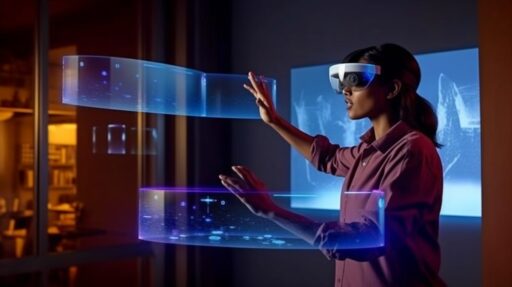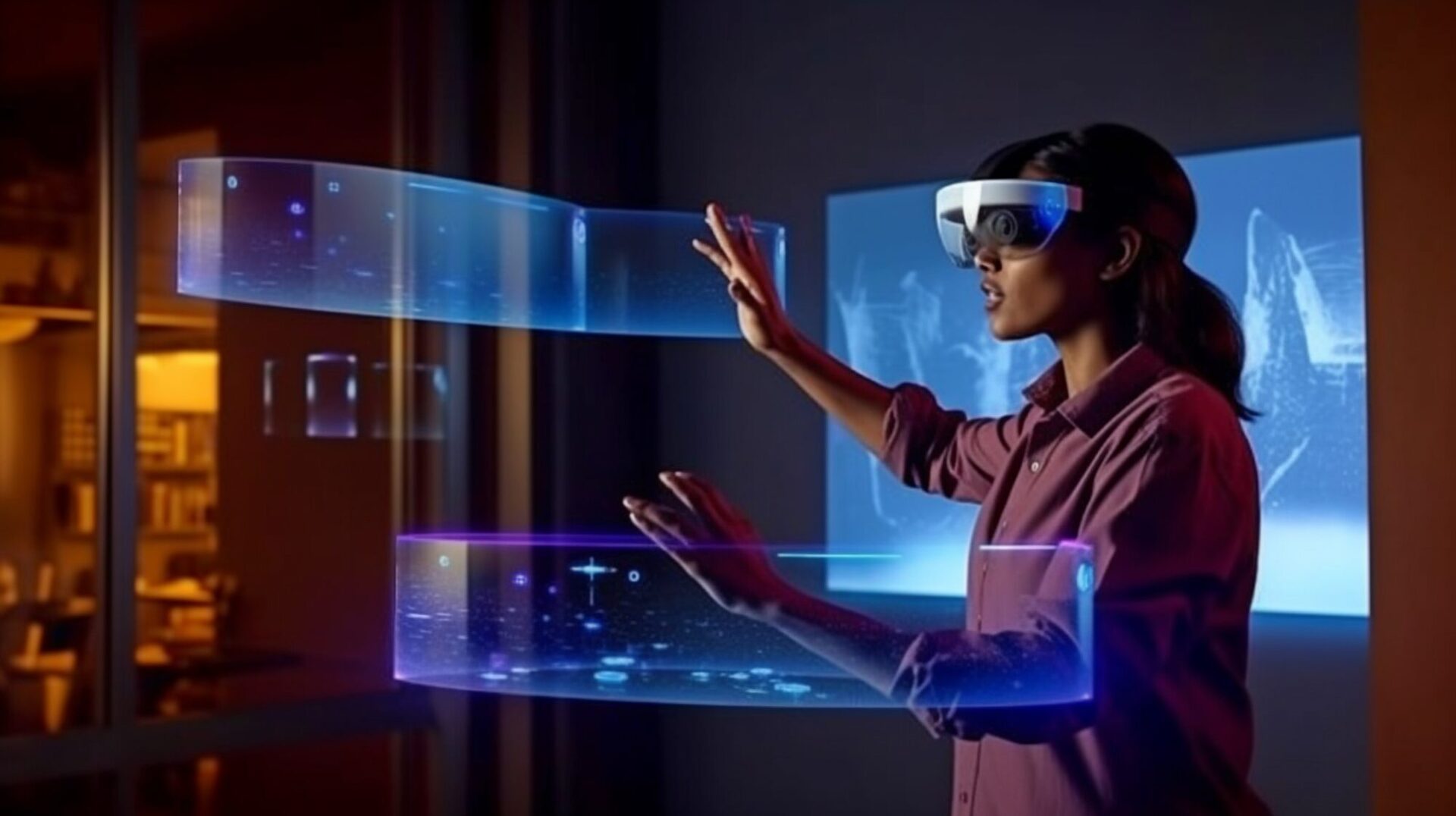Let’s delve into the fascinating world of augmented reality (AR) and machine learning (ML), and how they intersect within React Native applications. In recent years, these technologies have gained significant traction, revolutionizing the way we interact with digital content and enhancing user experiences across various platforms. Today, we’ll explore the synergies between AR, ML, and React Native, and how developers can leverage their combined power to create immersive and intelligent applications.
Augmented Reality: Bridging the Physical and Digital Worlds
Augmented reality overlays digital content onto the real world, seamlessly blending virtual elements with the user’s environment. From interactive gaming experiences to practical applications in industries like retail, education, and healthcare, AR has found widespread adoption across diverse sectors. Key technologies driving AR include computer vision, object recognition, and spatial mapping, enabling devices to understand and interact with the surrounding environment in real-time.
Machine Learning: Unleashing Intelligent Insights
Machine learning algorithms empower applications to analyze data, identify patterns, and make intelligent decisions without explicit programming. From recommendation systems to image recognition and natural language processing, ML algorithms have permeated various aspects of our digital lives, enhancing efficiency and personalization. With advancements in deep learning and neural networks, ML models continue to push the boundaries of what’s possible, enabling developers to create smarter, more adaptive applications.
The Convergence in React Native
React Native, a popular framework for building cross-platform mobile applications, provides developers with a powerful toolset for creating dynamic user interfaces using JavaScript and React. With its robust community support and extensive libraries, React Native has emerged as a go-to choice for developers looking to streamline the app development process and reach a broad audience across different platforms.
Integrating AR and ML in React Native
Combining AR and ML within React Native applications opens up exciting possibilities for developers to create immersive, intelligent experiences. Here are some ways in which these technologies can be integrated:
- Object Detection and Recognition: Utilize ML models to identify objects in the user’s environment and overlay relevant information or interactions through AR.
- Gesture Recognition: Implement ML algorithms to interpret user gestures and actions, enabling intuitive interactions within AR experiences.
- Scene Understanding: Leverage ML-powered scene understanding to augment the user’s surroundings with contextual information, such as annotations or virtual objects.
- Personalized Recommendations: Use ML algorithms to analyze user preferences and behavior, delivering personalized AR content tailored to individual interests.
- Real-time Translation and Text Recognition: Employ ML models for real-time translation of text captured through the device’s camera, enhancing accessibility and usability of AR applications.
By harnessing the capabilities of AR and ML within the React Native framework, developers can create innovative applications that blur the line between the physical and digital worlds, offering users immersive experiences enriched with intelligent insights and interactions.






